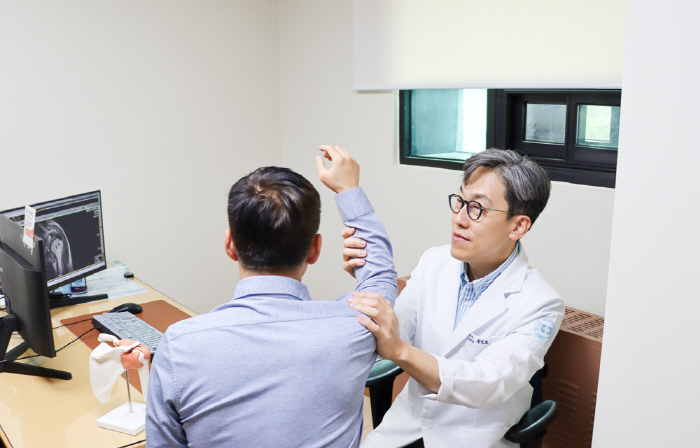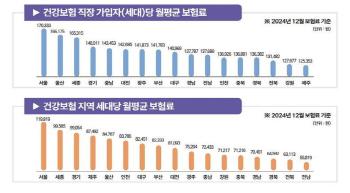Why does your shoulder hurt when you have diabetes and thyroid disease?
Apr 04, 2025
|
The joint contains a kind of lubricant that reduces friction in the joint and makes the shoulder work better. When the area of the lubricating membrane containing this lubricating fluid thickens and clings to and narrows due to inflammation, frozen shoulders are formed. When a frozen shoulder occurs, the movement of the joint decreases during the external rotation of the shoulder, such as holding the back neck.
Factors that cause frozen shoulders include age over 40, trauma, surgery, diabetes, thyroid disease, neck disc, and stroke. Fifty shoulder is a disease that causes inflammation and stiffness in the shoulder joint, and diabetes is more likely to occur. If diabetes is not well controlled, blood sugar may increase, resulting in an increased inflammatory response. Inflammation can affect the shoulder joint and cause frozen shoulders.
Thyroid disease may also be associated with frozen shoulders. In particular, studies have shown that hypothyroidism affects the onset of frozen shoulders and that people with thyroid disease are more likely to suffer from shoulder joint problems. Hypothyroidism is caused by a lack of thyroid hormones and affects energy metabolism and body temperature control. It affects blood circulation, muscle and joint functions.
Lack of thyroid hormones results in muscle weakness, fatigue, and joint pain. This causes joint diseases such as frozen shoulders. It can also increase the inflammatory response, causing inflammation and stiffness in the shoulder joint. People with thyroid disease are more likely to develop frozen shoulders as blood circulation may not be smooth or the recovery of tissues around the joint may be slowed.
In cases of hypothyroidism, it is important to normalize hormone levels through thyroid hormone replacement therapy. If thyroid hormone levels are normalized, joint and muscle problems can also be improved. Physical therapy and exercise are the main treatment methods for frozen shoulders, so recovery may be easier if treatment is performed in conjunction with thyroid disease.
The frozen shoulder and neck disc are diseases that affect the shoulder and neck areas, respectively, but they may be related to each other. When a neck disc occurs, the nerves in the neck can be compressed and pain can be radiated to the shoulders and arms. This can cause the muscles around the shoulders to become tense and worsen the frozen shoulders. In addition, if there is a tendency not to move the shoulder with a neck disc, the shoulder joint stiffens and develops into a frozen shoulder.
Hong Kyung-ho, Director of the Center for Orthopaedic Surgery at Seran Hospital, said "There are no clear precautions to prevent frozen shoulders, but risk factors should be prevented in daily life."In the presence of diabetes, the risk increases more than five times, and it is often bilateral. It is also necessary to regularly exercise the shoulder joint, which is one of the shoulder joints", he explained.
Director of the center Hong Kyung-ho said, "If you have a stabbing pain when you take off your clothes, sleep due to night pain, and feel a lot of discomfort when you wear a safety vent, you can suspect 50 shoulders."Fifty shoulder requires stretching to restore shoulder flexibility and reduce pain, medication, and injection therapy to reduce inflammation. There are times when you recover naturally over time, but proper management is essential.
|
This article was translated by Naver AI translator.















